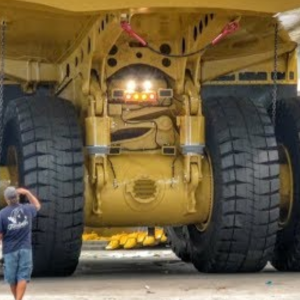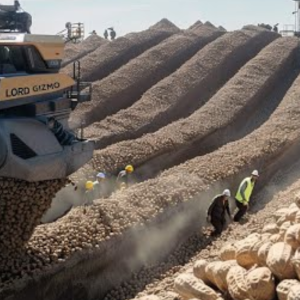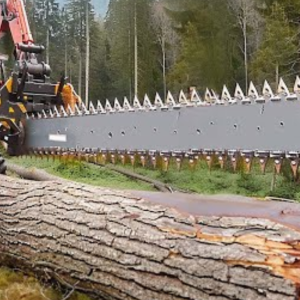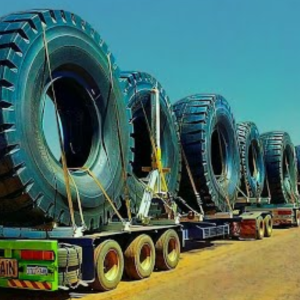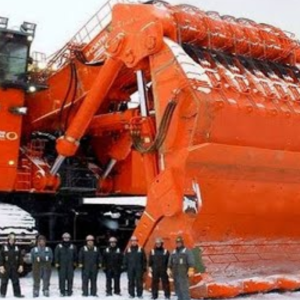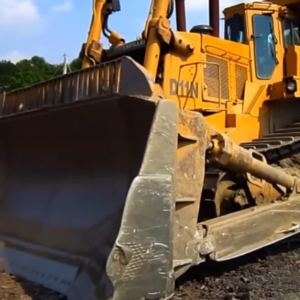
In the summer of 1923, there was a war on in the Motor City: Cadillac, Lincoln and Packard were battling to build America’s most advanced luxury cars. Packard’s contribution was the innovative 1924 Single Eight.
In this war among luxury carmakers, the engineering competition was fierce. And as the technology ratcheted upward, the mechanical foundations were laid for what we know today as the Classic era. The cars of this period, 1925-48, are remembered for their dramatic styling, but what inspired the great coachbuilding, in part, was the big leap forward in technical refinement.
The generals in this technology battle were industry legends. Lincoln had the Henrys: Henry Leland, then Henry Ford. The staff at Cadillac included E.W. Seaholm and Charles F. Kettering. Packard’s vice-president of engineering was the dynamic Jesse Vincent, who co-designed the Liberty aircraft engine and piloted a Packard-powered speedboat to a Detroit Gold Cup victory in 1922.
Vincent fired the first shots of 1923 in June. Packard phased out its old V12 model, a prewar design called the Twin Six, and introduced the all-new Single Eight. This model set forth the basic requirements for a true luxury car in the Classic era: a powerful, glass-smooth engine with at least eight cylinders, and a strong, quiet-riding chassis—one with four-wheel brakes.

Although Duesenberg pioneered four-wheel brakes in 1921, the rest of the industry hung back, waiting to see what the leaders would do. Though it seems strange today, all-wheel braking was a radical step in 1923. The pages of the trade journals roared with heated debates much like those decades later over airbags and antilock brakes. Some manufacturers claimed that front-wheel brakes were unsafe. Studebaker for one launched a scare campaign with full-page ads, and Lincoln didn’t offer them except on police cars until 1927. Packard stepped up, beating Cadillac to market by just three months.
The development of mechanical brakes on all four wheels was not a simple exercise. To apply the brake force evenly on each wheel without pulling, the linkage had to compensate exactly for all the motions of the suspension and steering. Also, front-wheel braking loaded forces into the chassis never encountered before. A chassis with brakes only at the rear is in some ways not much more than an ox cart. As automakers developed front-wheel brakes, frames became more rigid and suspension designs more robust, almost overnight.

1924 Packard Single Eight front brake
The Single Eight’s engine, 358 CID and 85 horsepower, was more advanced than the aging V12 it replaced, and its modern layout, with nine main bearings and full pressure lubrication, would be the basis for all the big Packard straight eights until 1939. There were straight eights before Packard, but not as we know them. Early examples, including Bugatti and Miller, were in effect two inline fours joined end-to-end at the crankshaft. As the cylinders fired, the engine produced a lengthwise rocking couple—a seesaw motion, far too rough for a luxury car.
The new Packard’s crankshaft had its center four throws on a common plane, but with two additional throws on either end disposed at opposite right angles, their forces cancelling each other out. Vincent likened the layout to a four in the middle with half a four at each end. (Later it would be called a 2-4-2 crankshaft.) With eight firing impulses per cycle and ideal balance, it was as silky as any engine on the market, and smooth even by modern standards.
Packard straight eight crankshaft phasing
Cadillac and Lincoln had V8s before Packard brought out this straight eight, but again, these were not the V8s we know. They were relics, with three main bearings and fork-and-blade connecting rods. And they used flat cranks (the throws were 180 degrees apart, like a modern racing V8), which produced a second-order horizontal shake. To mask this vibration, Henry Leland gave his Lincoln V8 an asynchronous 60-degree bank angle. He likened its uneven beat to soldiers marching over a footbridge, deliberately breaking cadence to prevent the bridge from swaying. Wishful thinking: These engines were not smooth like modern V8s.
In September 1923, less than 90 days after the Packard’s debut, Cadillac answered with its own startling innovation. The new Cadillac Model 63 V8 featured a new type of crankshaft with its throws phased 90 degrees apart, using counterweights to balance the lopsided reciprocating forces. It was extremely smooth, and exactly how V8s (except in racing and some exotic sports cars) are built today.
But the 1924 Packard Eight was still easily a match for the new 1924 Cadillac V8, and the top coachbuilders quickly lined up to build classic bodies for the new chassis. Although Cadillac had the crushing resources of General Motors behind it, Packard would hold its own in the technical battle for a few more years to come.
– Another version of this story by MCG appeared in the Oct. 18, 1999 issue of AutoWeek.


